Some pictures from the archives.
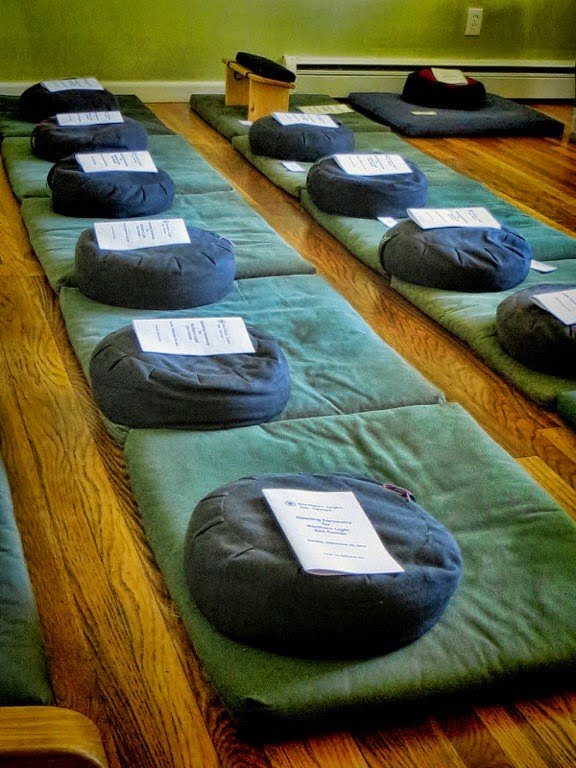
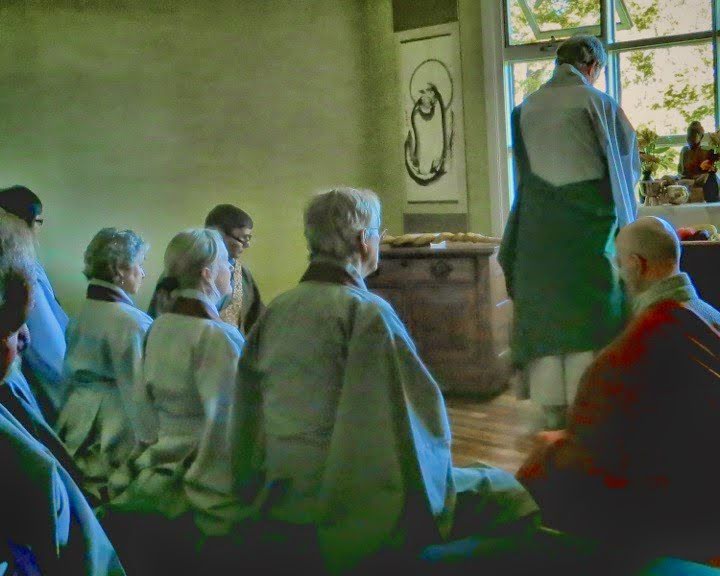
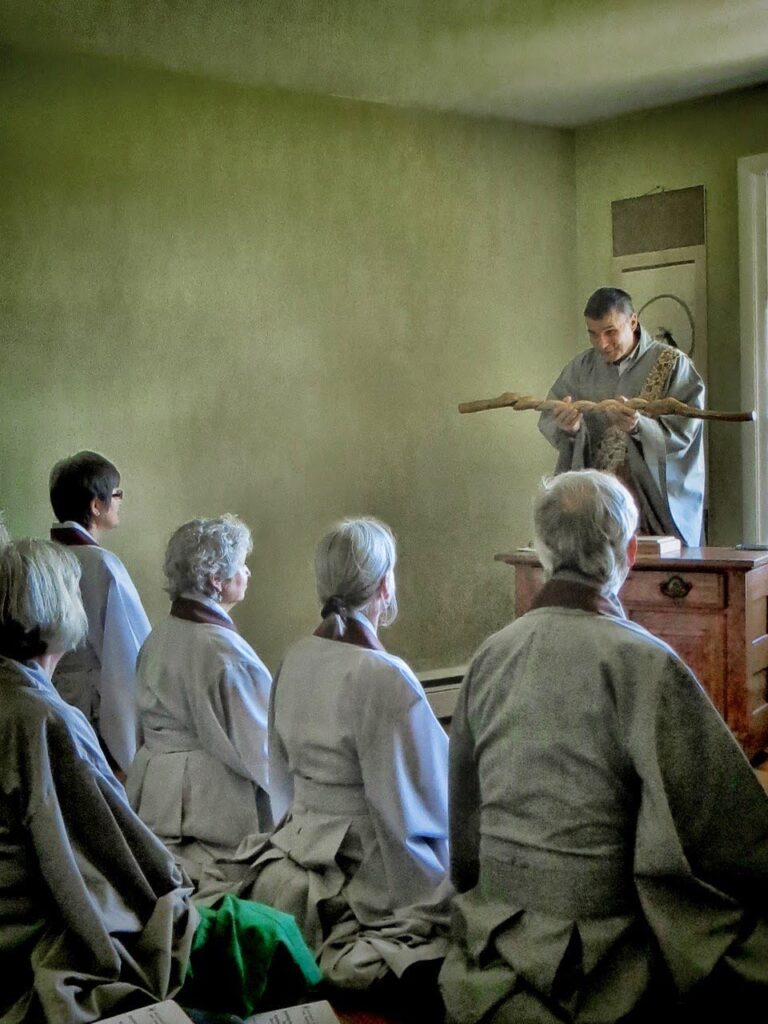
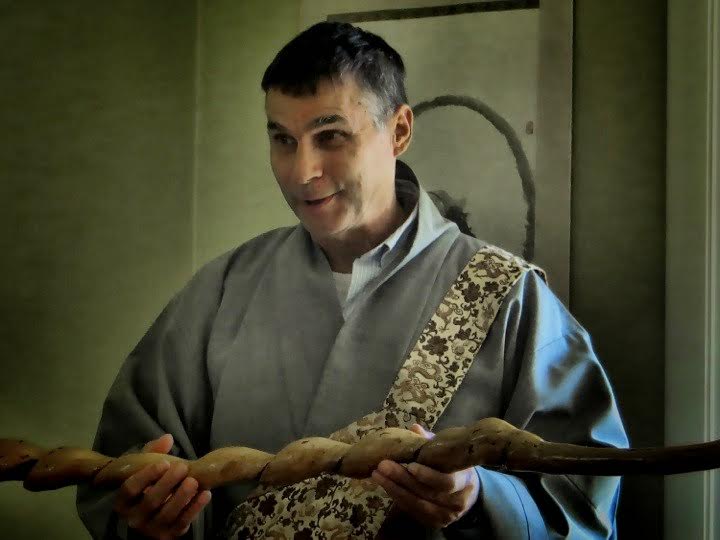
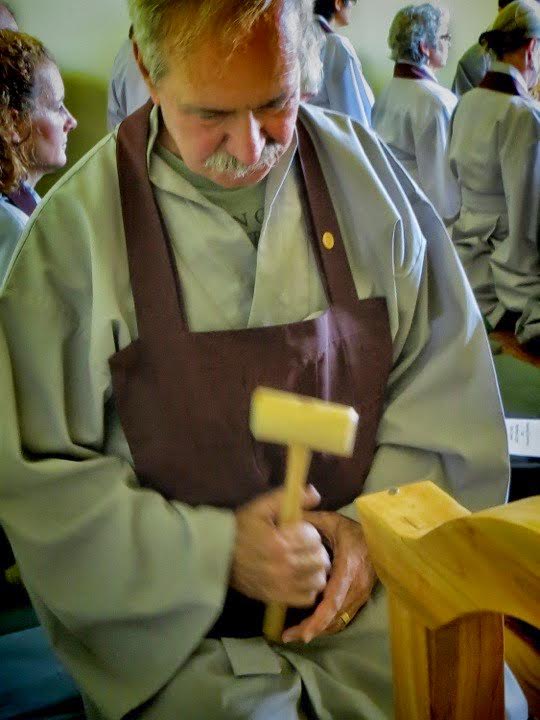
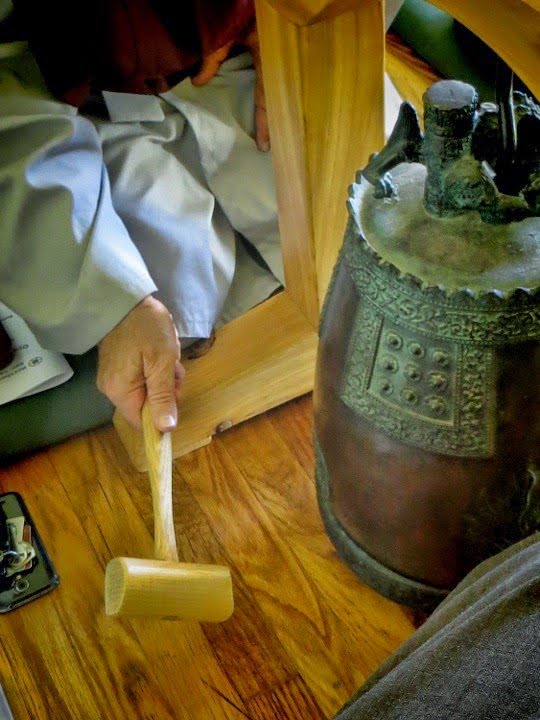
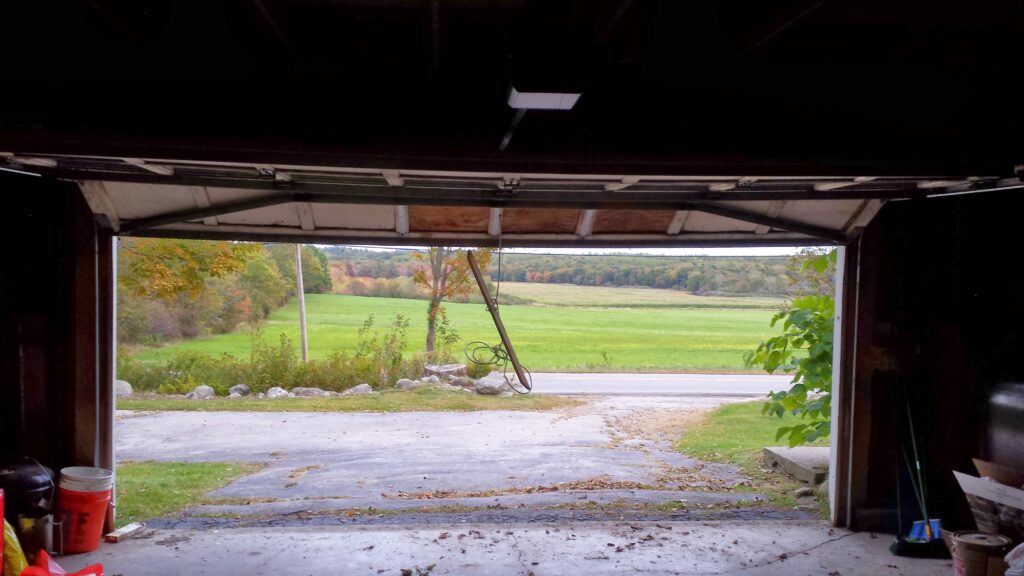
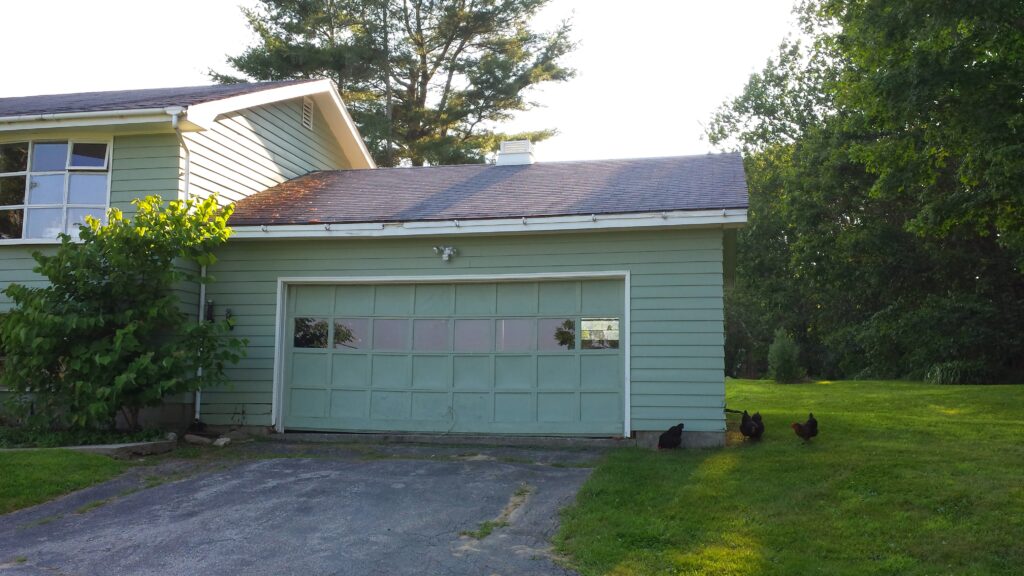
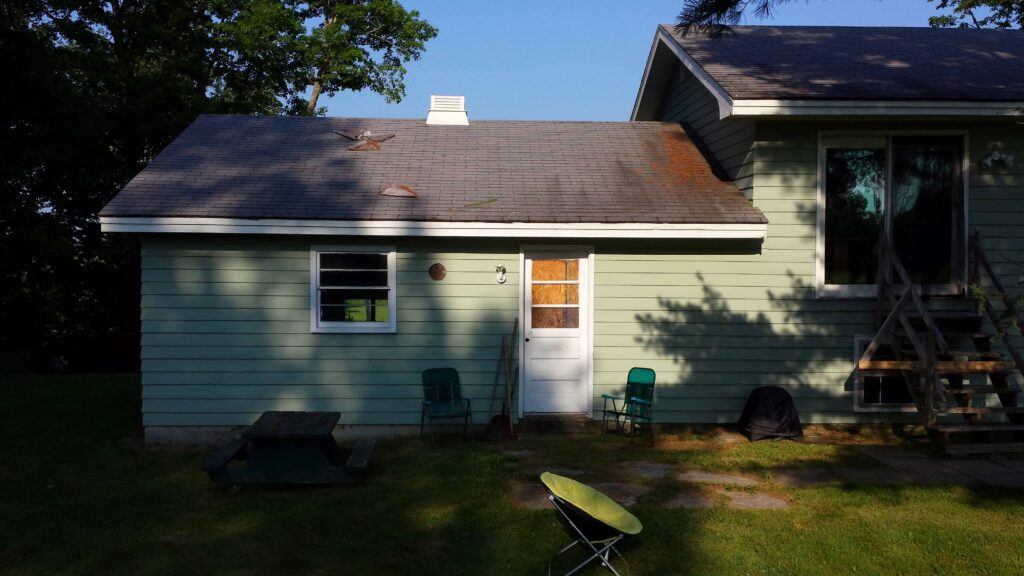
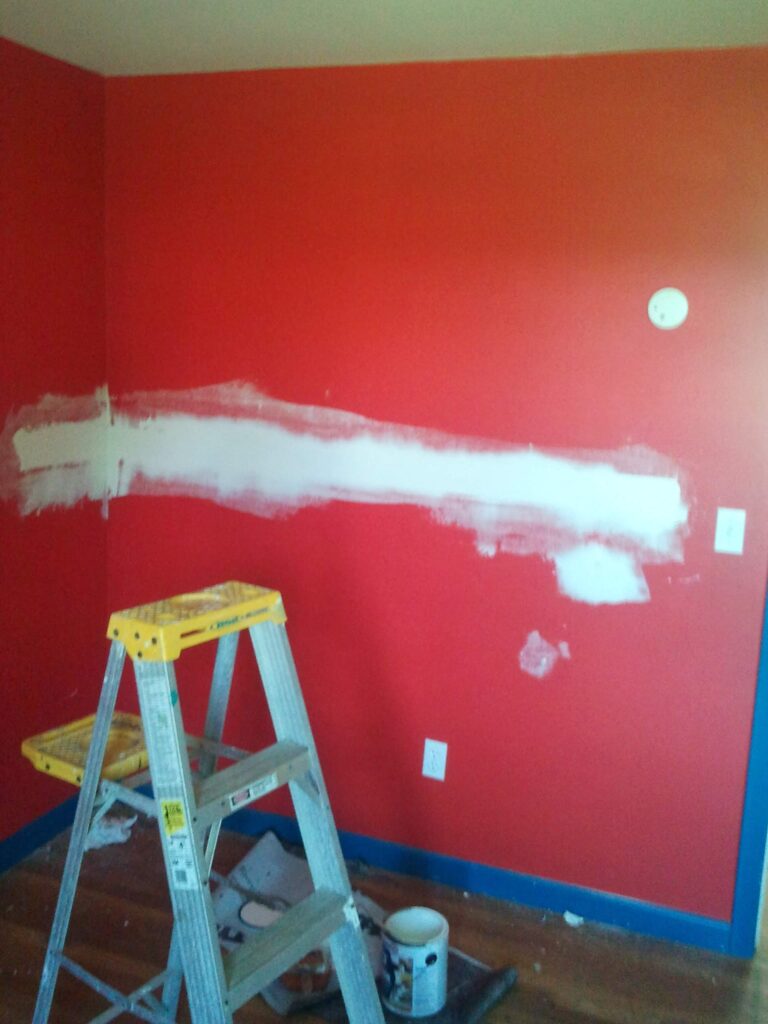
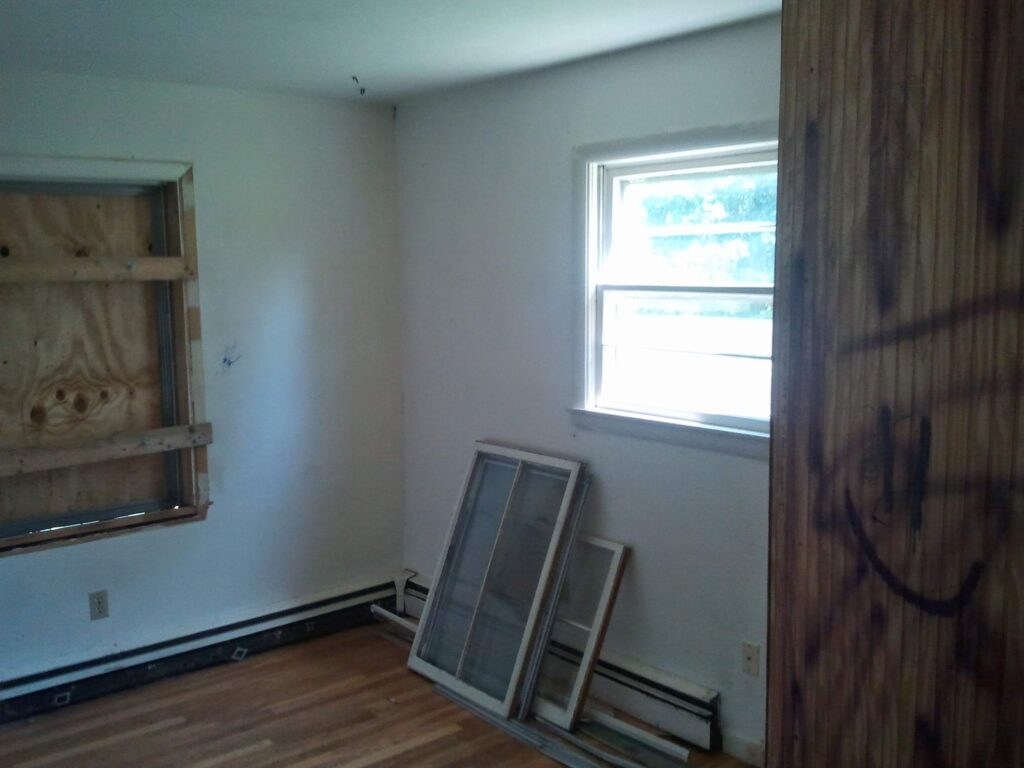
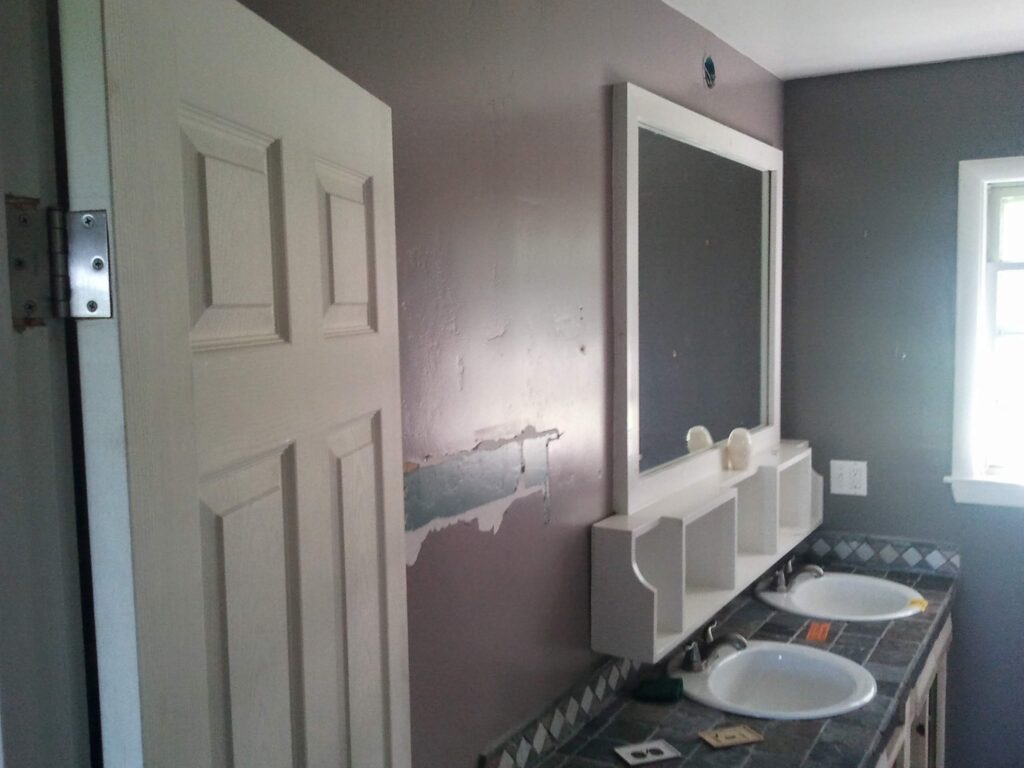
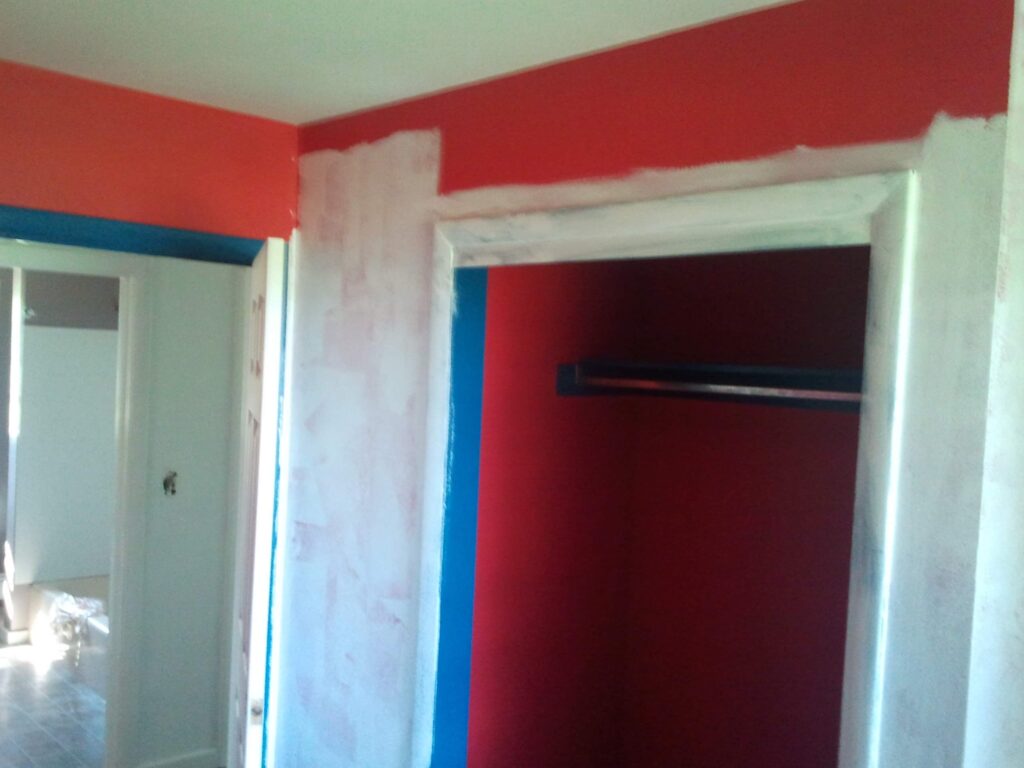
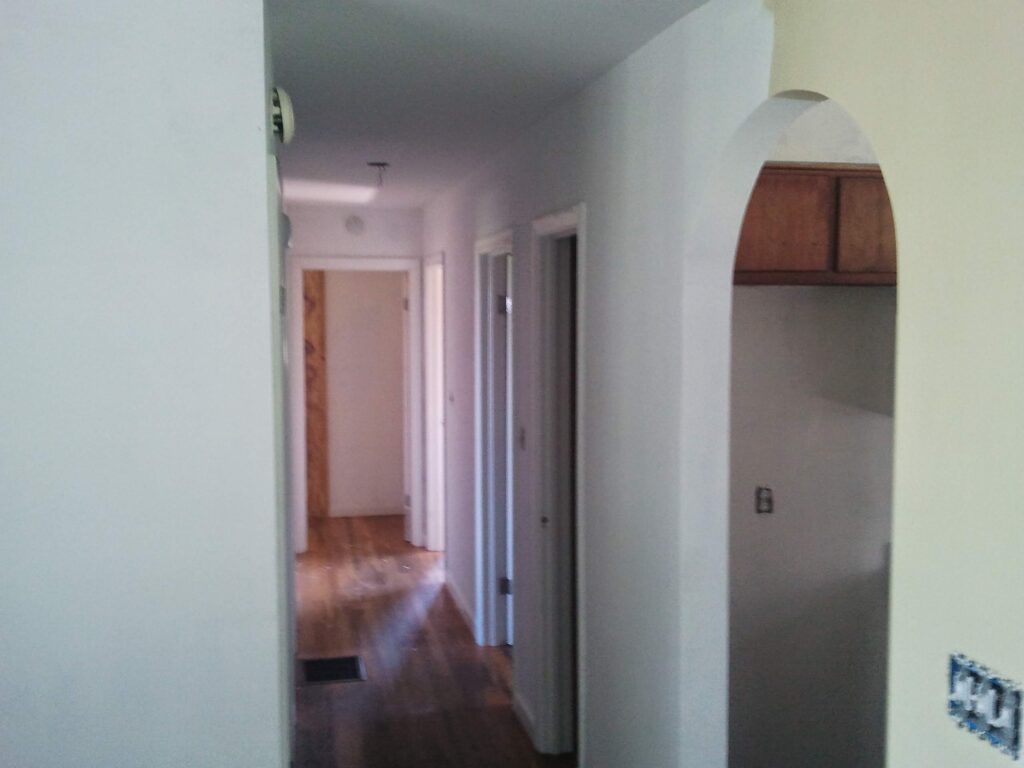
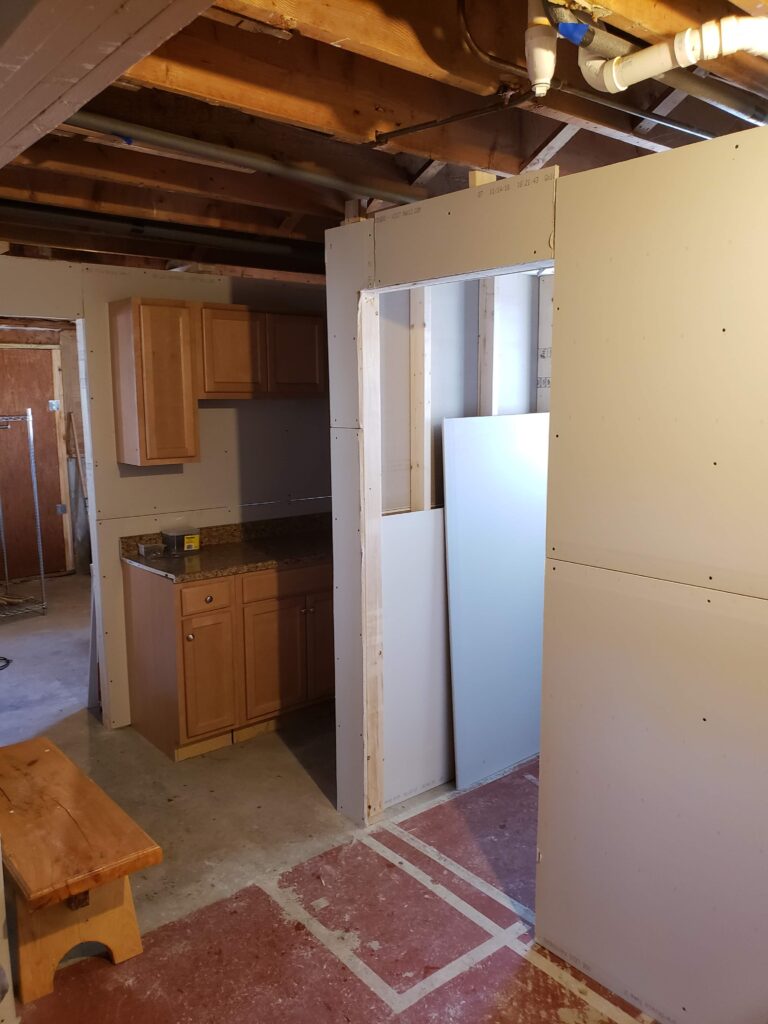
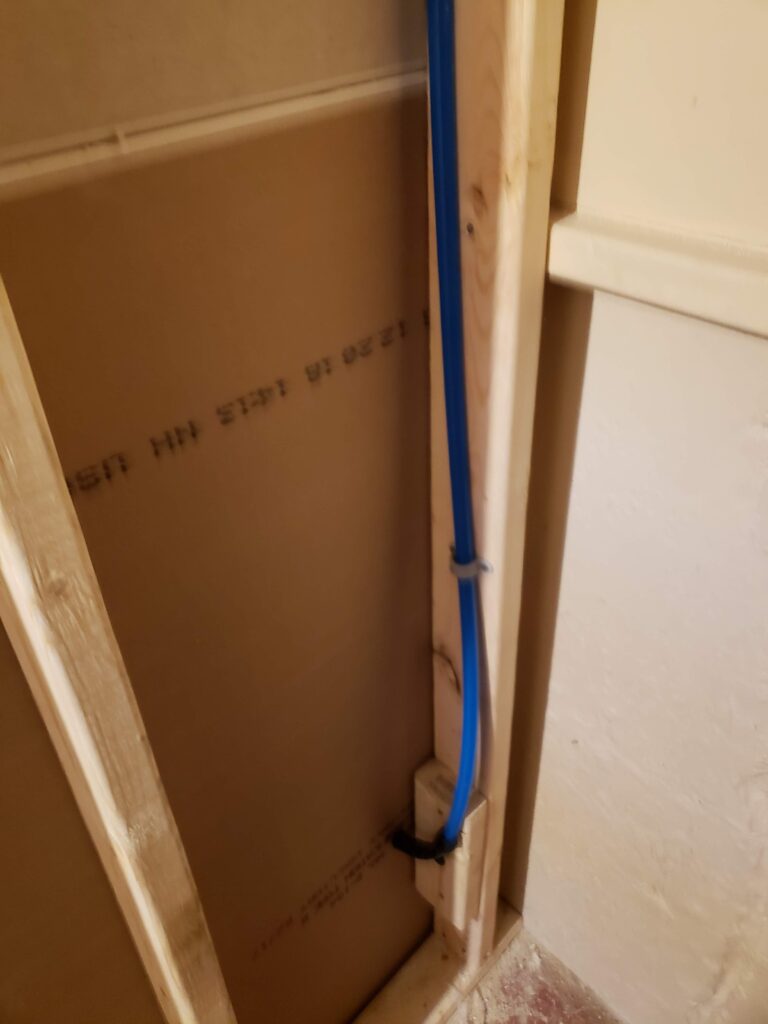
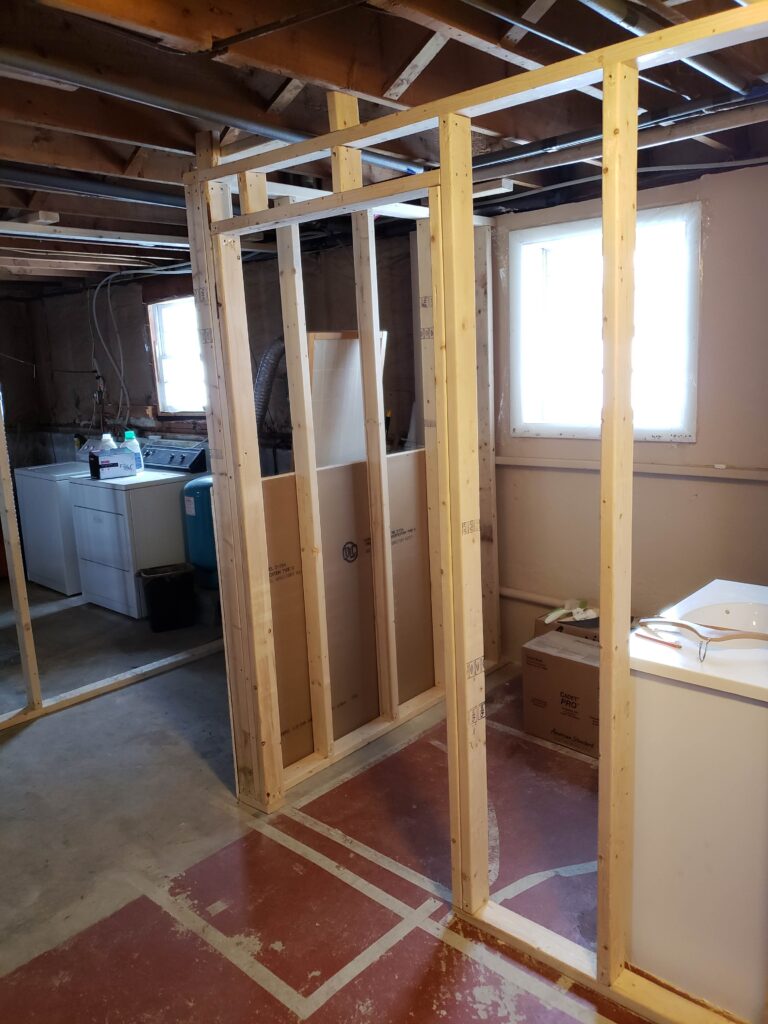
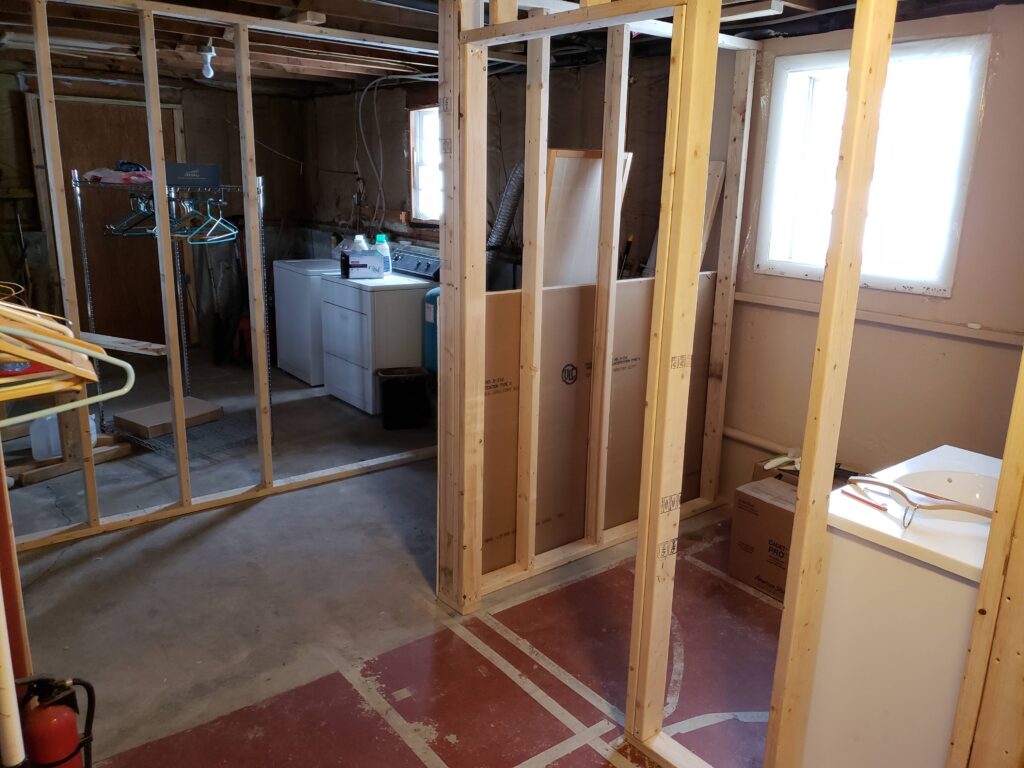

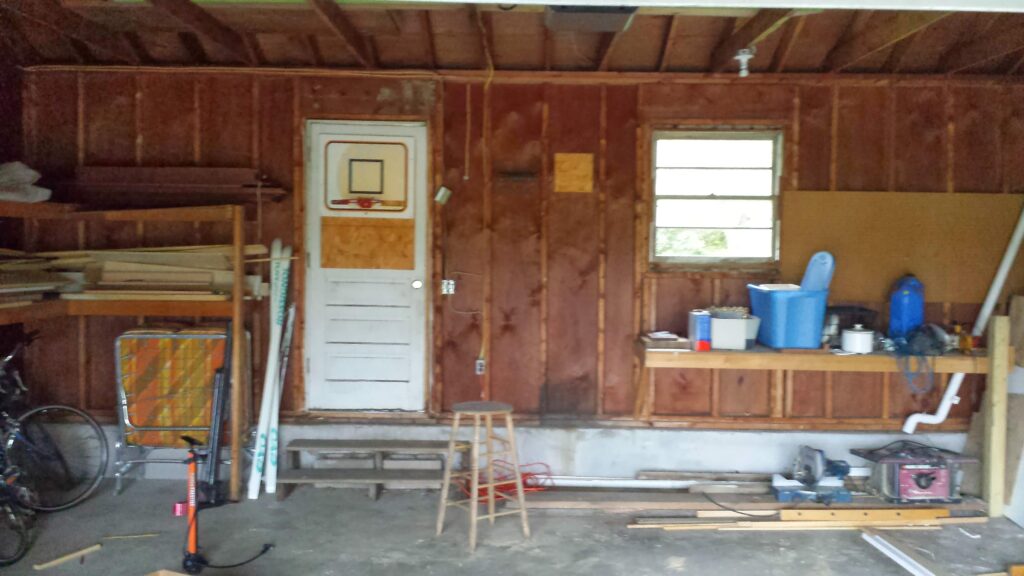
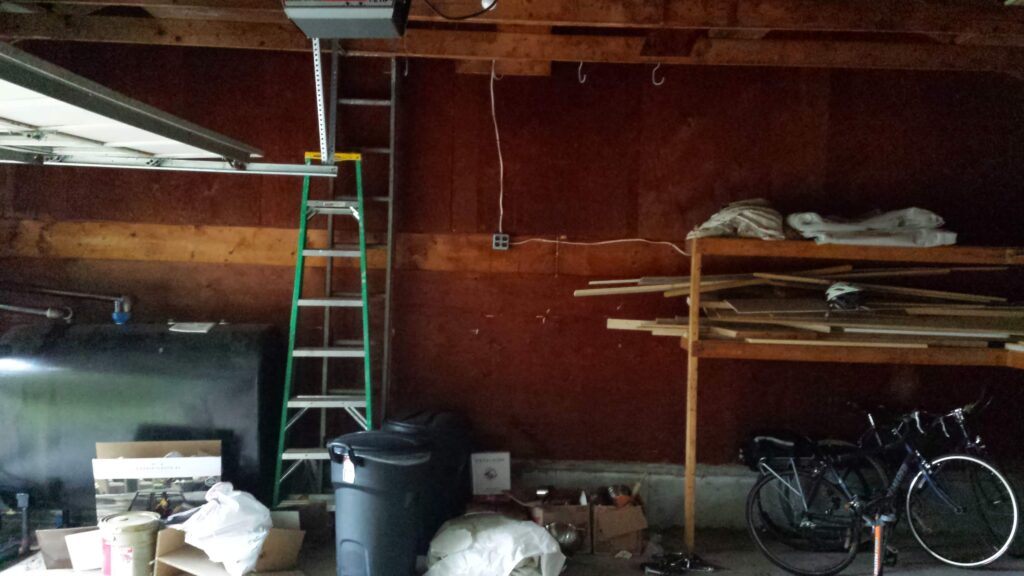
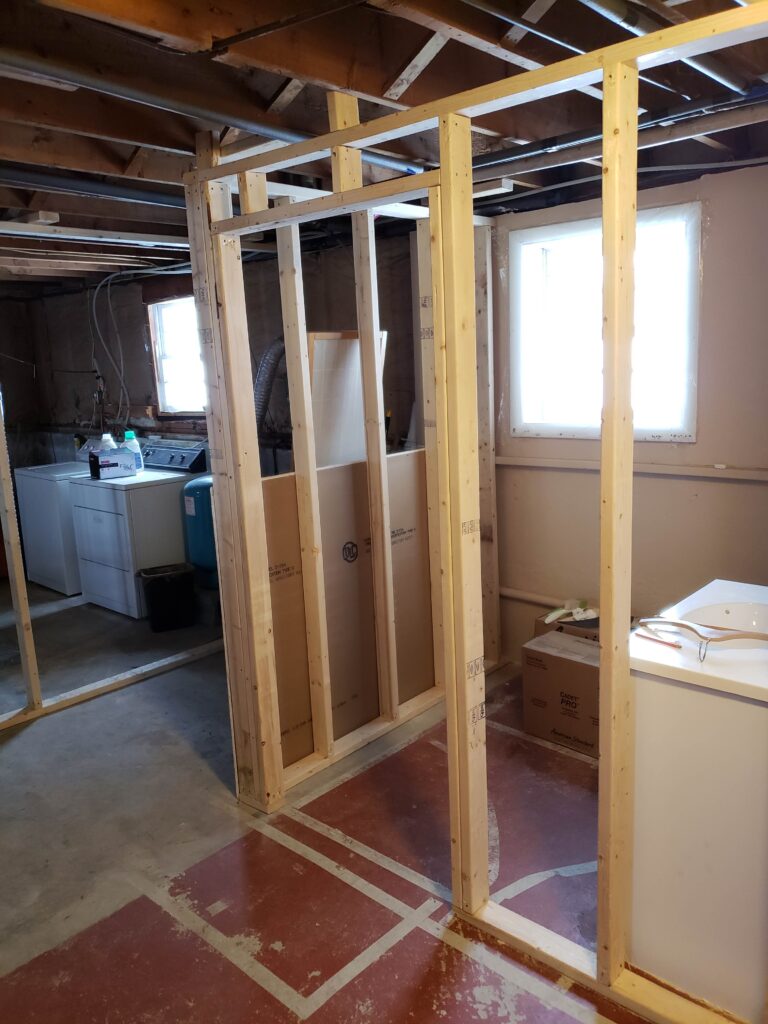
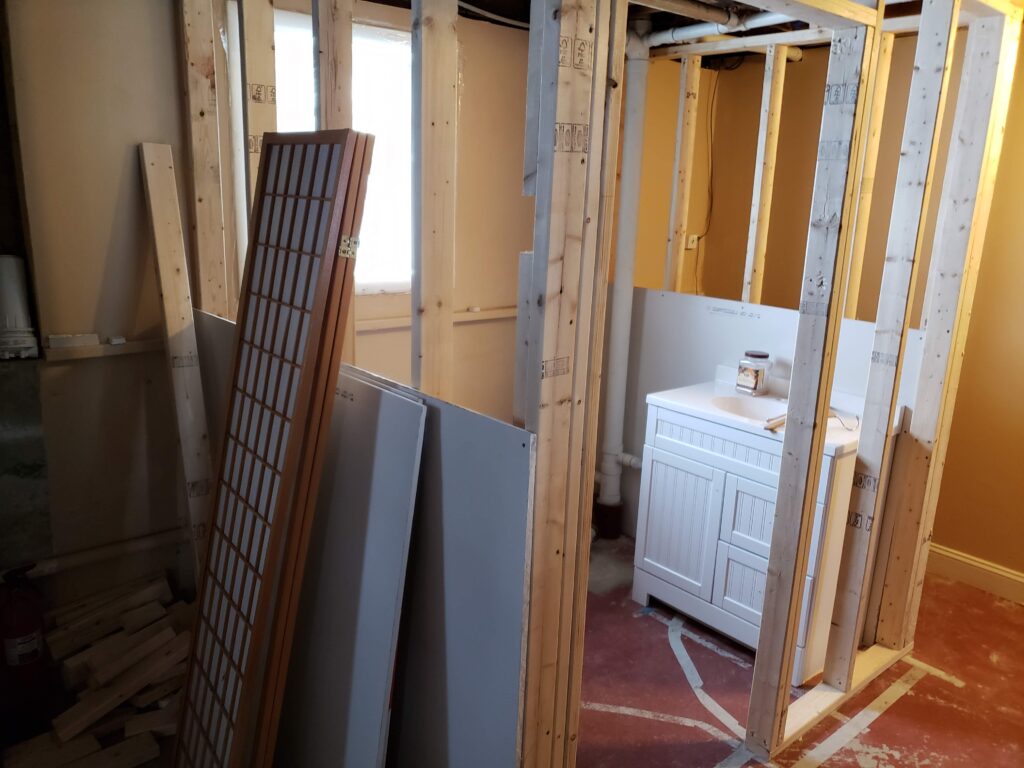
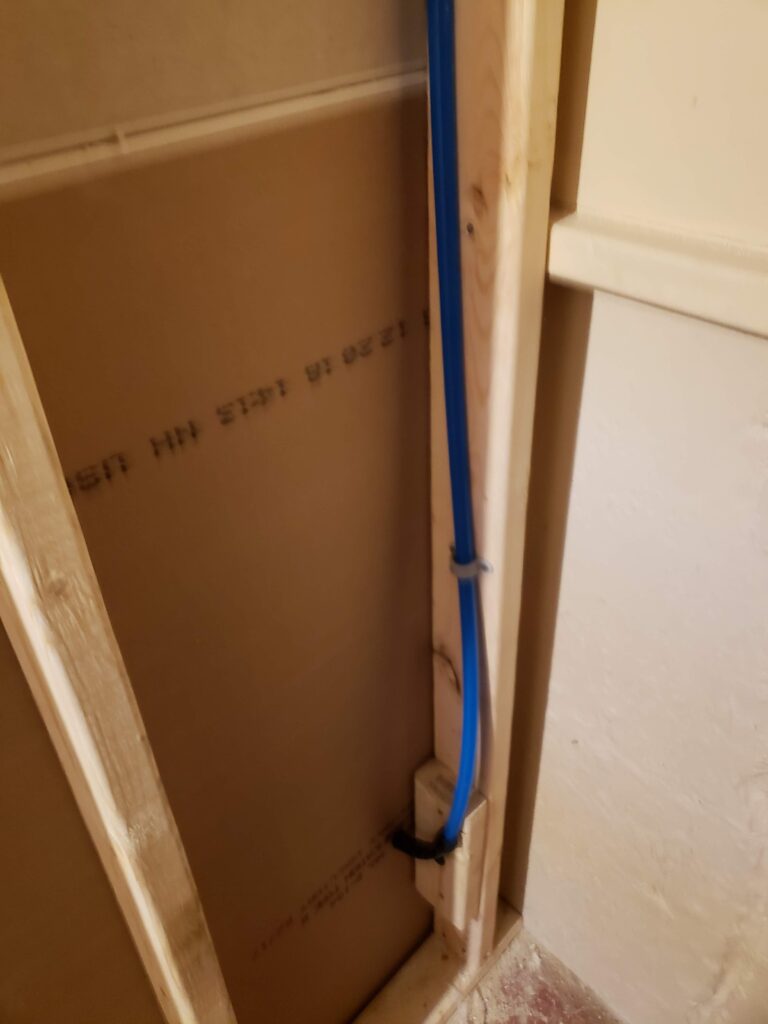

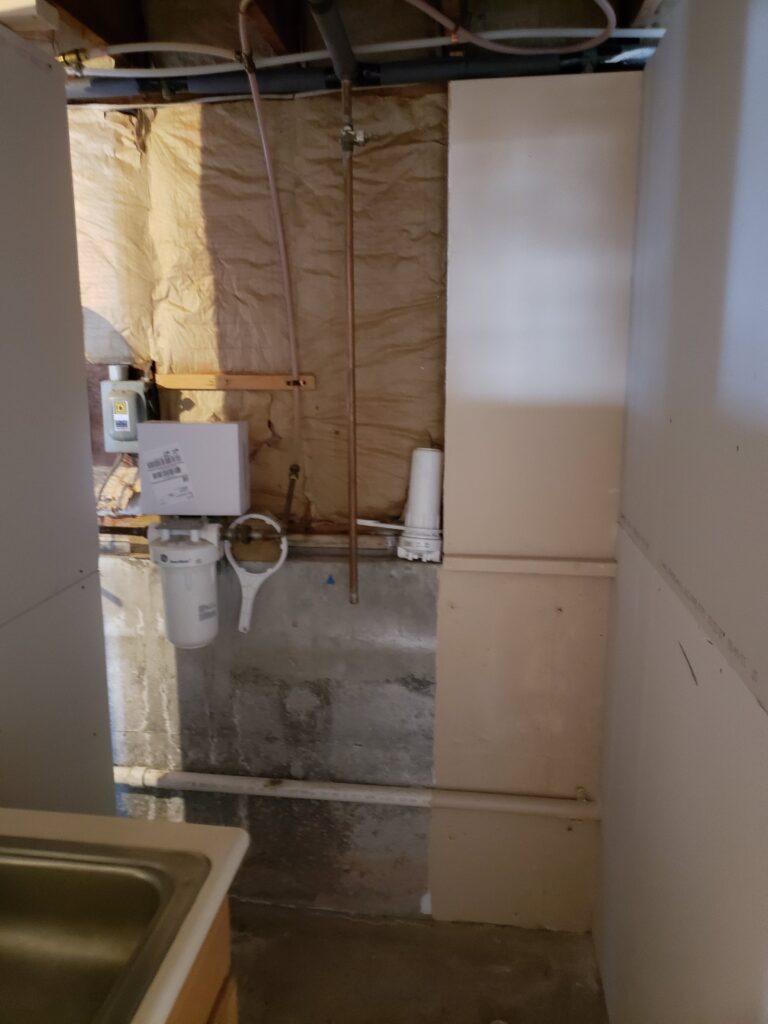
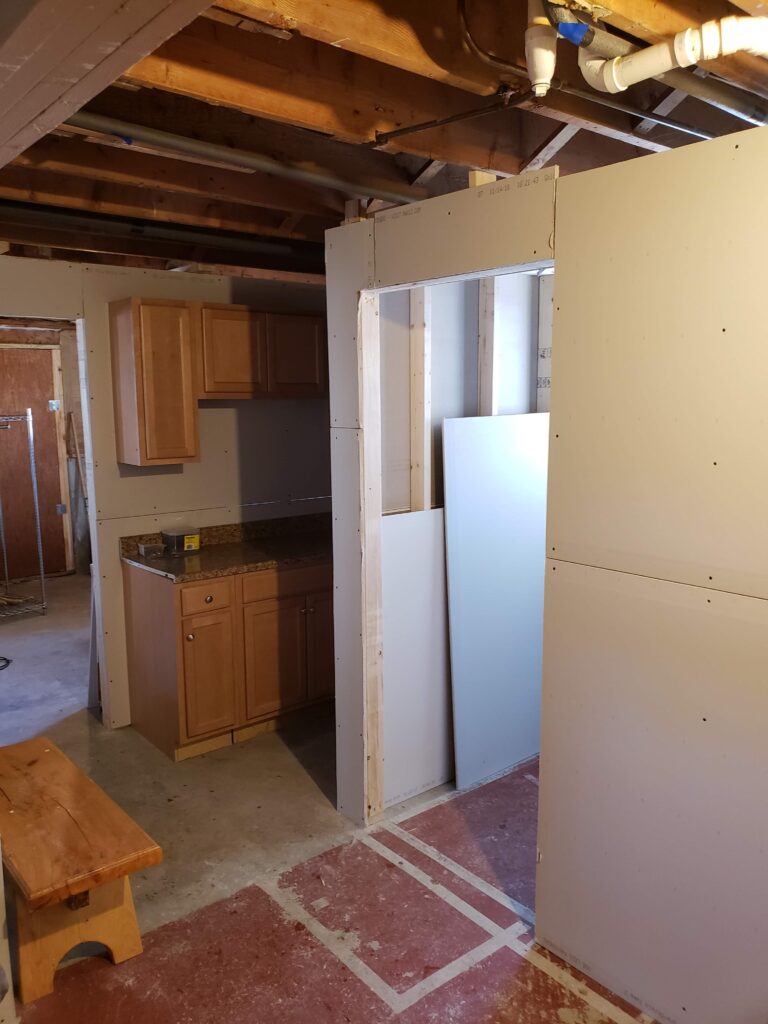
These blog posts are general interest posts that may be funny, contain information about zen, or simply some news about Northern Light Zen Center.
Some pictures from the archives.



























Lisa Beth Hammer, October 16th 2025
Beginning our weekly chant of Kwan Seum Bosal at NLZC’s Wednesday night practice, as we individually called out the names of loved ones or circumstances in our world to begin our chant of compassion which Kwan Seum Bosal teaches us, I heard my teacher, Terry Cronin JDPSN, say, “and Kwan Seum Bosal chanting for Lisa.” He knew there was a deep pain in my life that I was currently suffering from but I was unprepared to realize that this personal suffering might receive the compassion of my sangha and the bodhisattva of compassion, Kwan Seum Bosal. I had felt I was suffering alone, yet was jolted by this naming, by this inclusion in the ones who suffer. What occurred during our chanting of Kwan Seum Bosal was that I was not the one who was “okay” or “had it all together,” the one chanting for the suffering of the other individuals we named or the rest of the world’s suffering; I became the sufferer. I became the one that others were chanting for. As this realization – or experience – sank in during our chanting, I became suffering itself, by letting go into suffering and also accepting the compassion of my sangha who were chanting for me along with all the others who are in need of Kwan Seum Bosal’s compassion. And I saw, or experienced during our chanting, Buddha’s truth of suffering, like a vast space of pure, undifferentiated suffering, while also experiencing that suffering itself is what connects us all in the course of human life. Suffering is intrinsic to the buddhadharma; suffering in its raw form is suchness itself, as totally the way things are. Becoming one with suffering, not as if “I” am chanting for others, separating into subject and object, the self or ego-self that creates the separation, falls away; so no-self is the immediate experience of Universal Suffering.
My gratitude to my sangha is beyond words. Living compassion and love surrounded me that night in my personal pain, while I was able to merge with universal suffering and realize suffering is part of the interconnected nature of the causes and conditions our lives are held within. In many ways this was a manifestation of the teaching of the bodhisattva way: we do not aim to leave samsara FOR nirvana, but to find nirvana within samsara and transcend or come-and-go in both, with the realization that neither one actually “exists,” rather are empty themselves.
Lisa Beth Hammer is a member of the Northern Light Zen Center Sangha
A Kido Retreat is a special chanting retreat. This is the definition taken from the Kwan Um School Website.
Kido chanting retreats: Kidos consist primarily of chanting from 9:00am to 3:00pm with a break at noon for an informal lunch. We chant “Kwan Seum Bosal”, the Korean name for the bodhisattva of compassion, while sitting, standing and walking (similar to the special chanting that we do every evening at 6:30pm). Multi-day kidos follow the same schedule as a Yong Maeng Jong Jin, with chanting in place of sitting meditation. These retreats are suitable for beginners as well as experienced students.
At the Northern Light Zen Center we do Kido for a half day. The last Kido retreat was held at NLZC on the 25th! A great success.
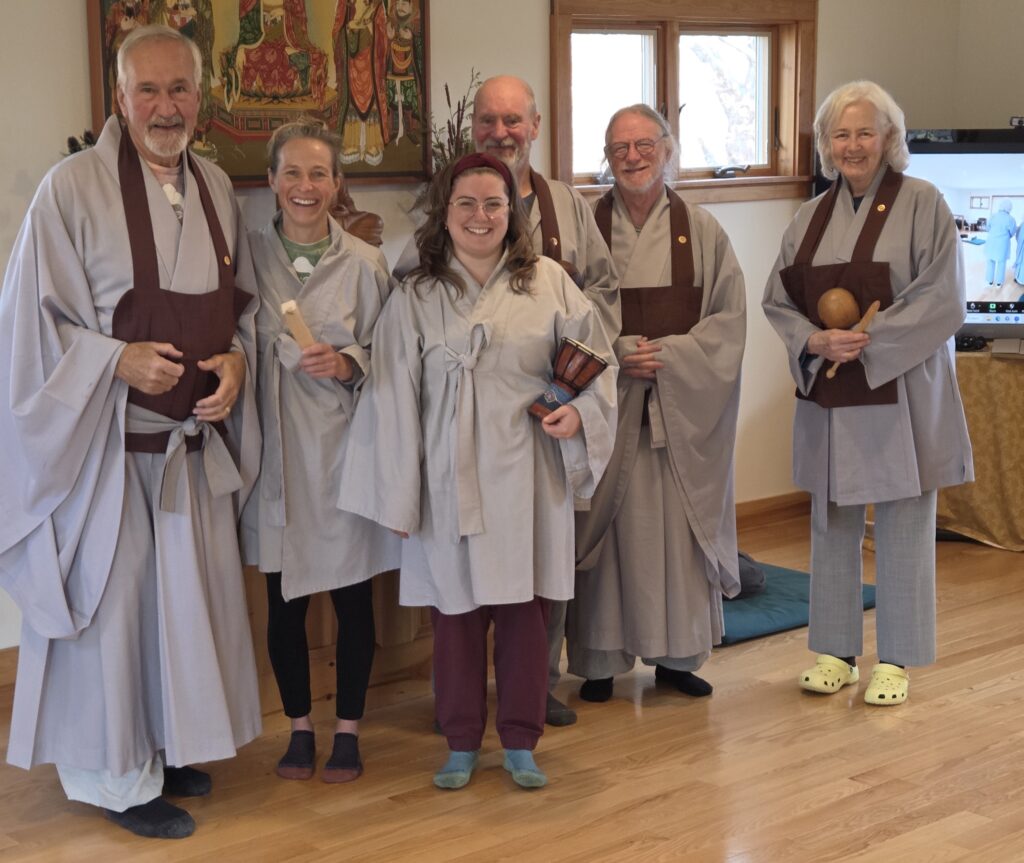
We had a retreat on the 27th of September. A good day with strong practice. Please join us for the next retreat, Oct 25th! That retreat will be a kido chanting retreat.
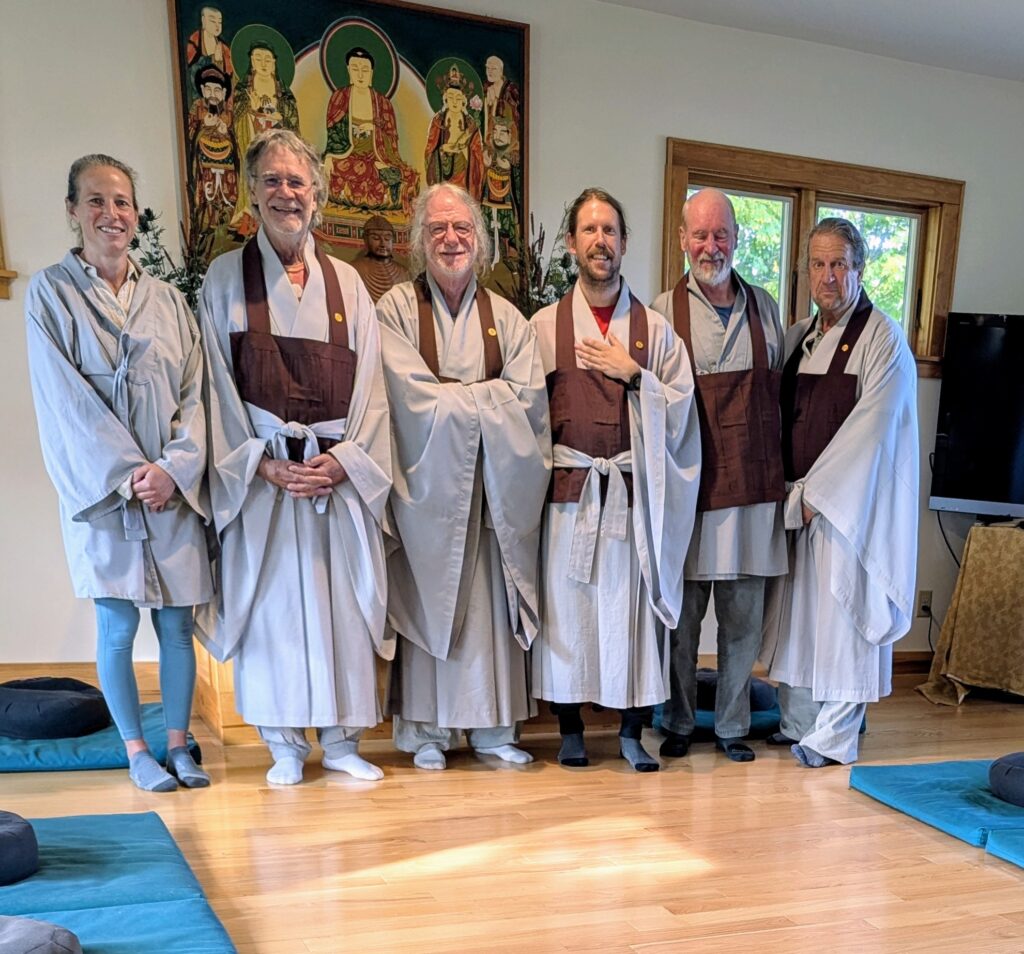
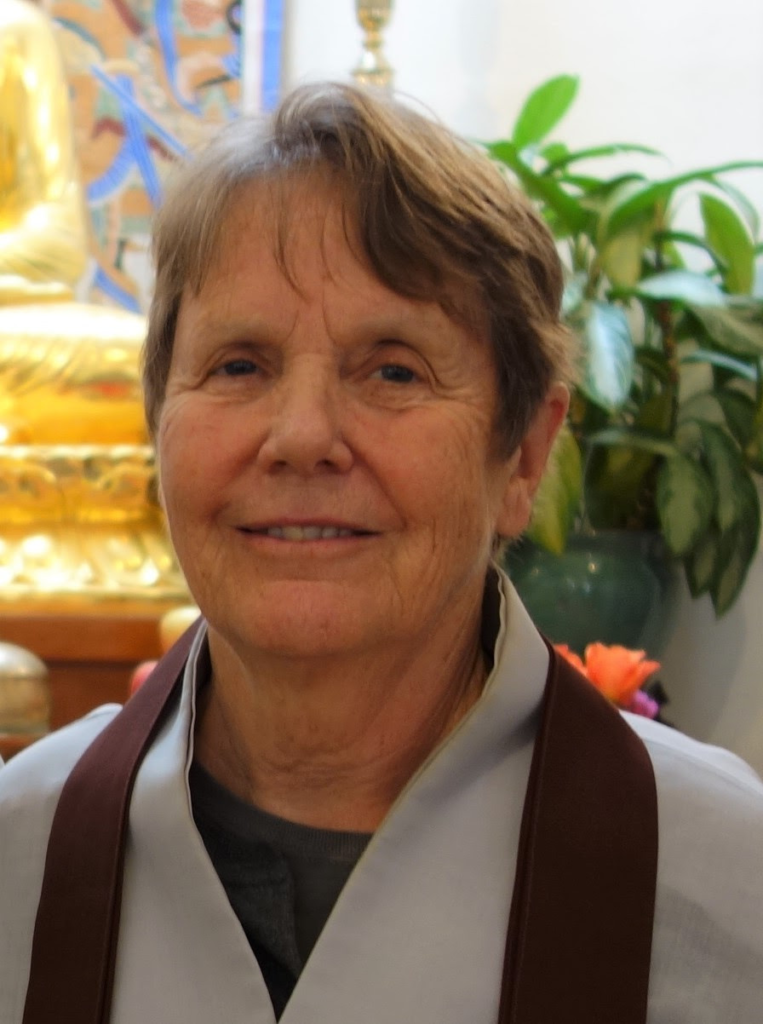
The Kwan Um School of Zen is pleased to announce the election of School Zen Master is concluded. Zen Master Soeng Hyang will continue to lead the KUSZ in her position as School Zen Master for the next five years.
We are grateful to have Zen Master Soeng Hyang share her wisdom in this role for all sentient beings!

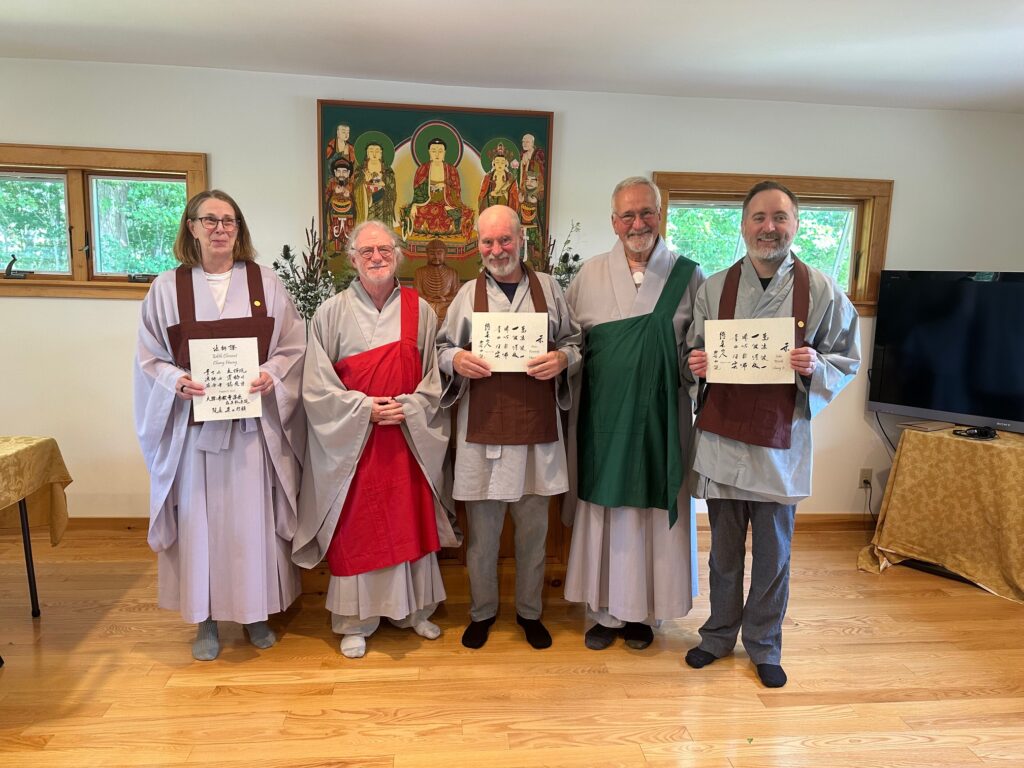
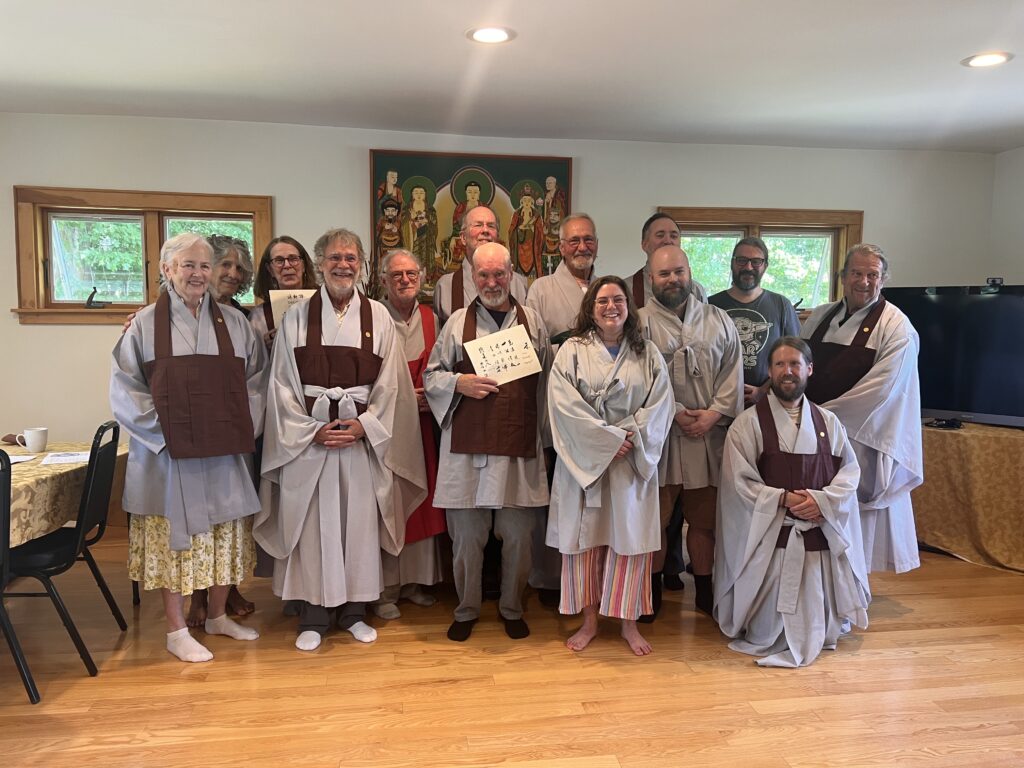
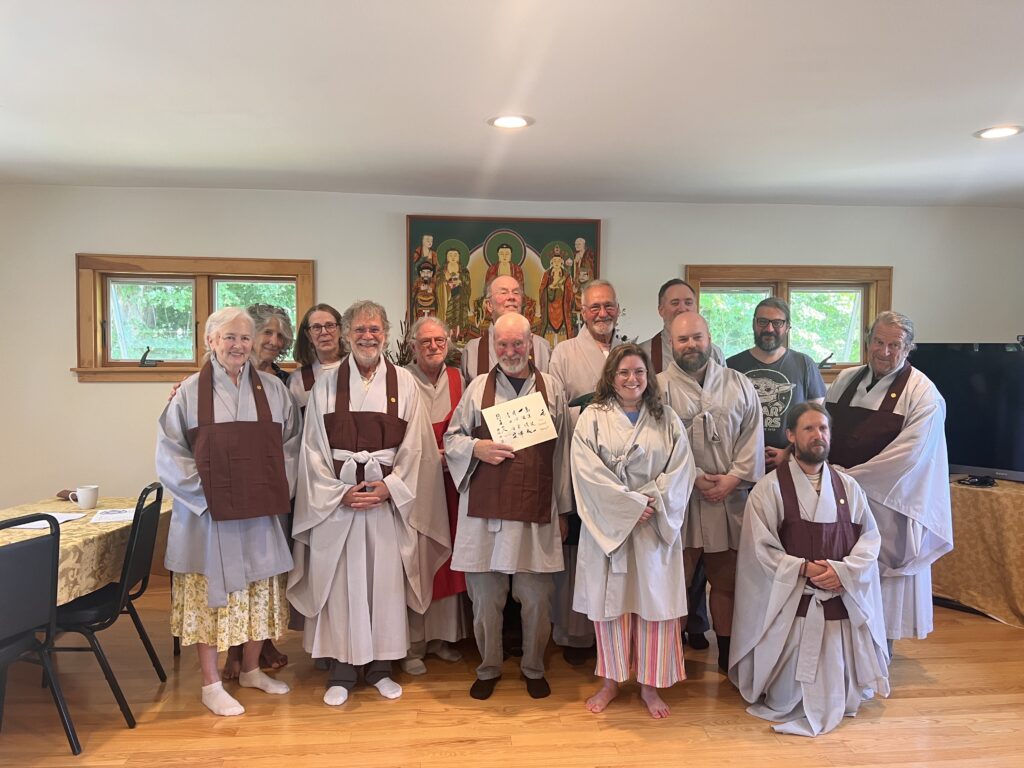
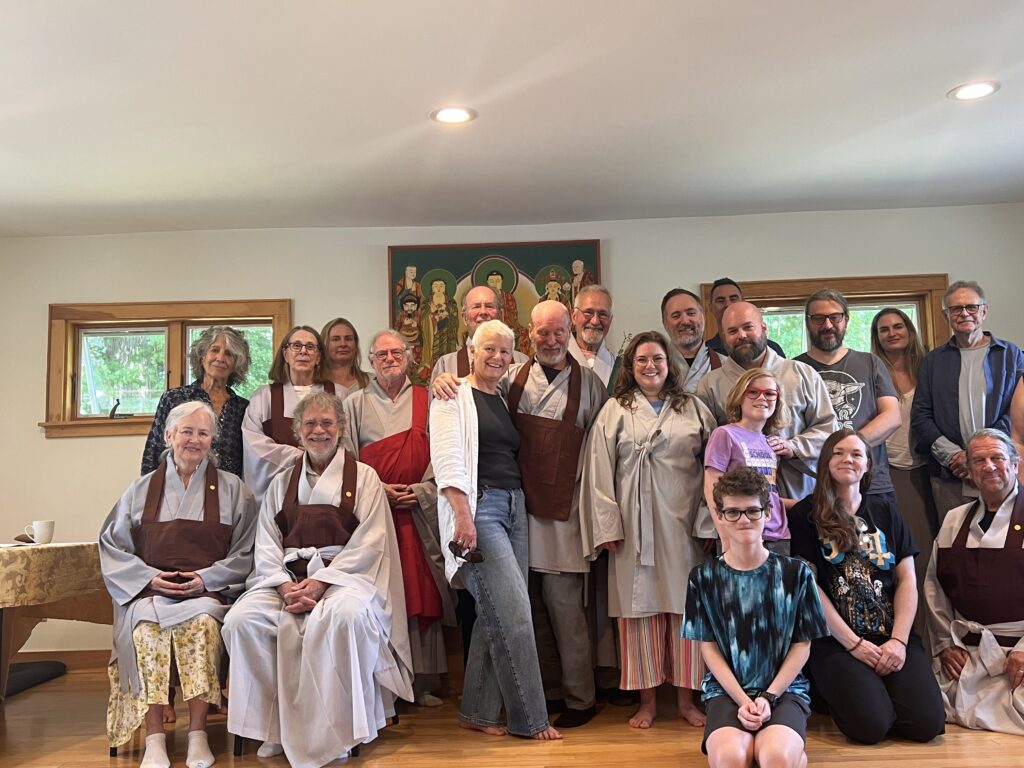
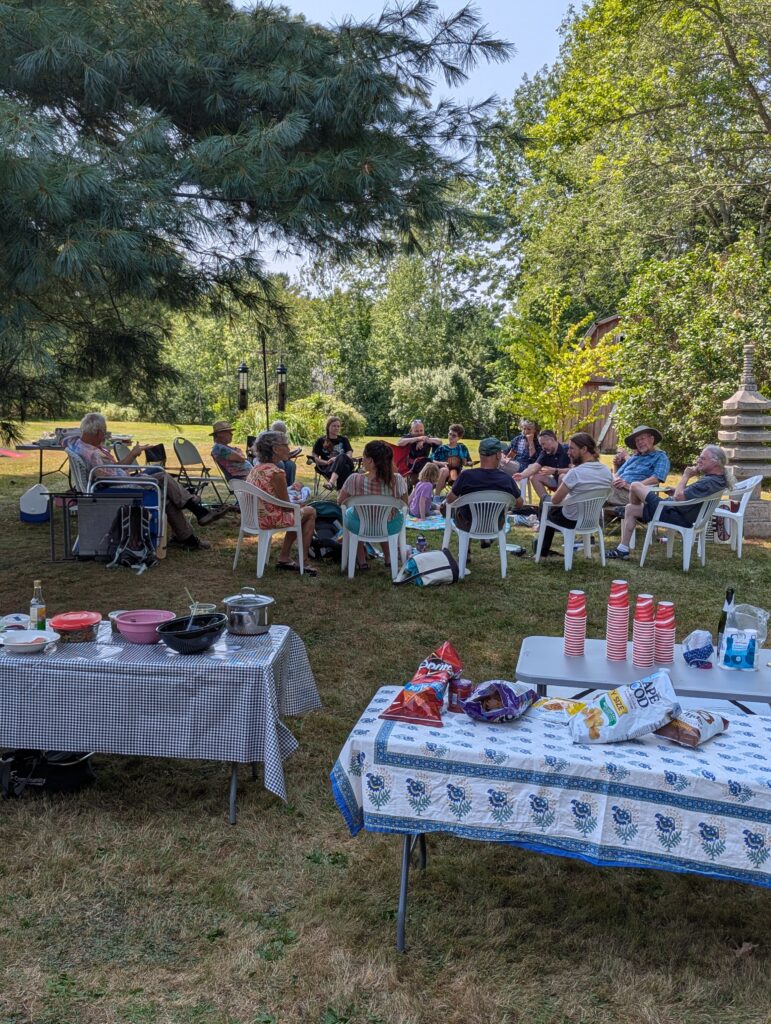
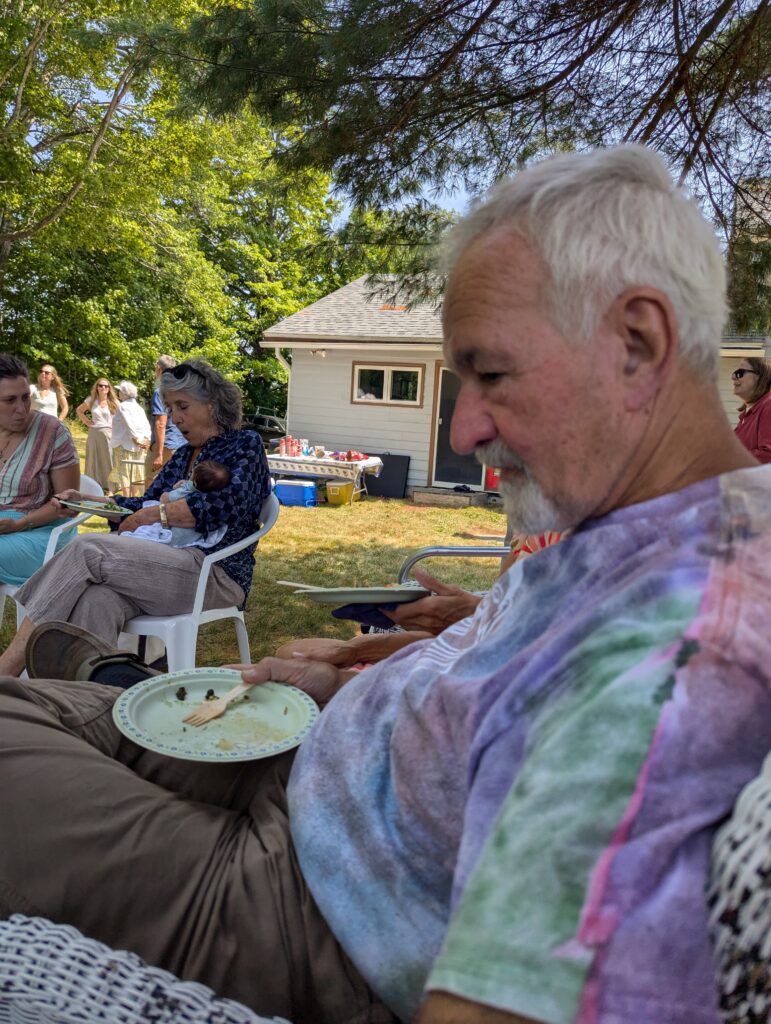
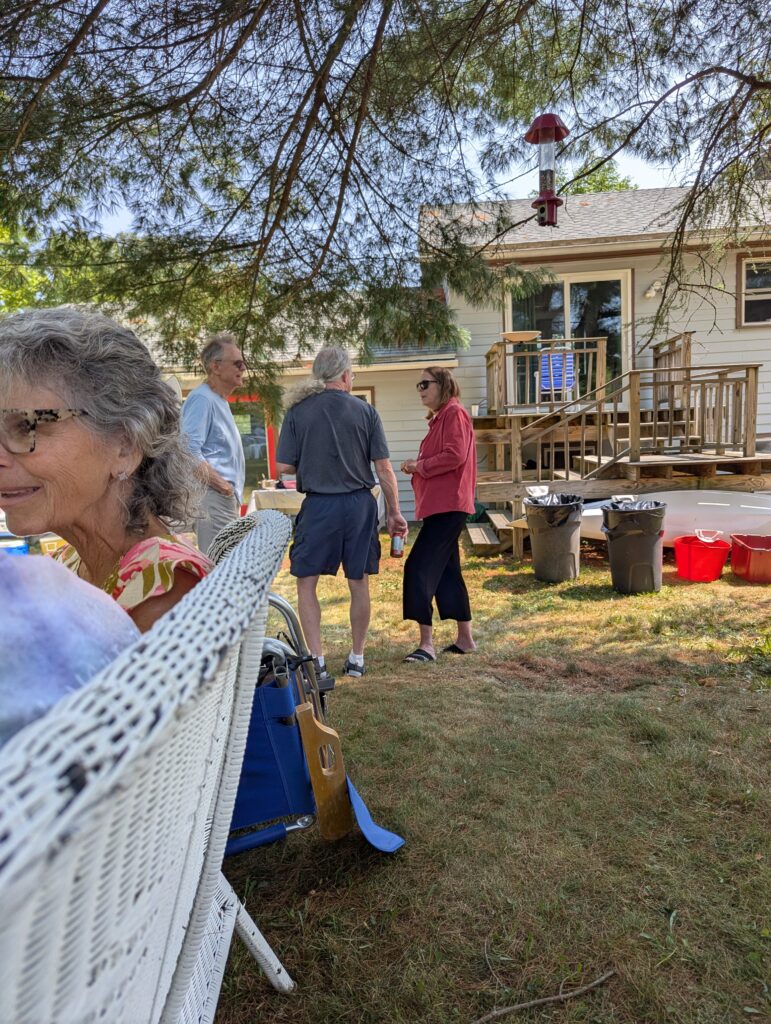

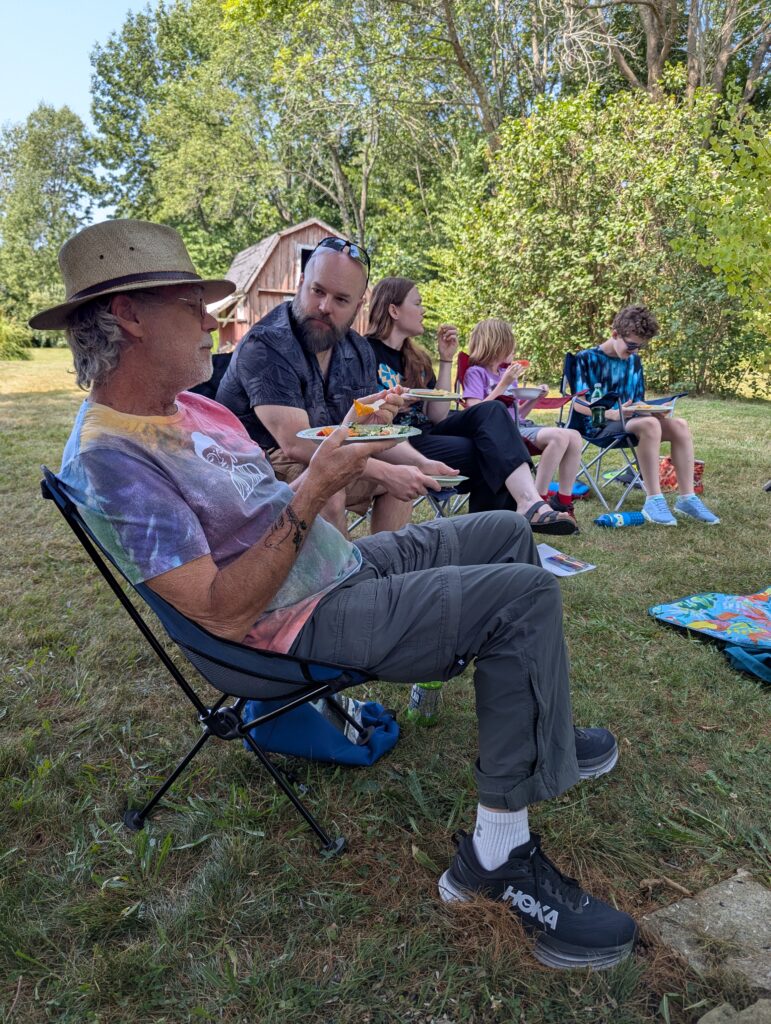

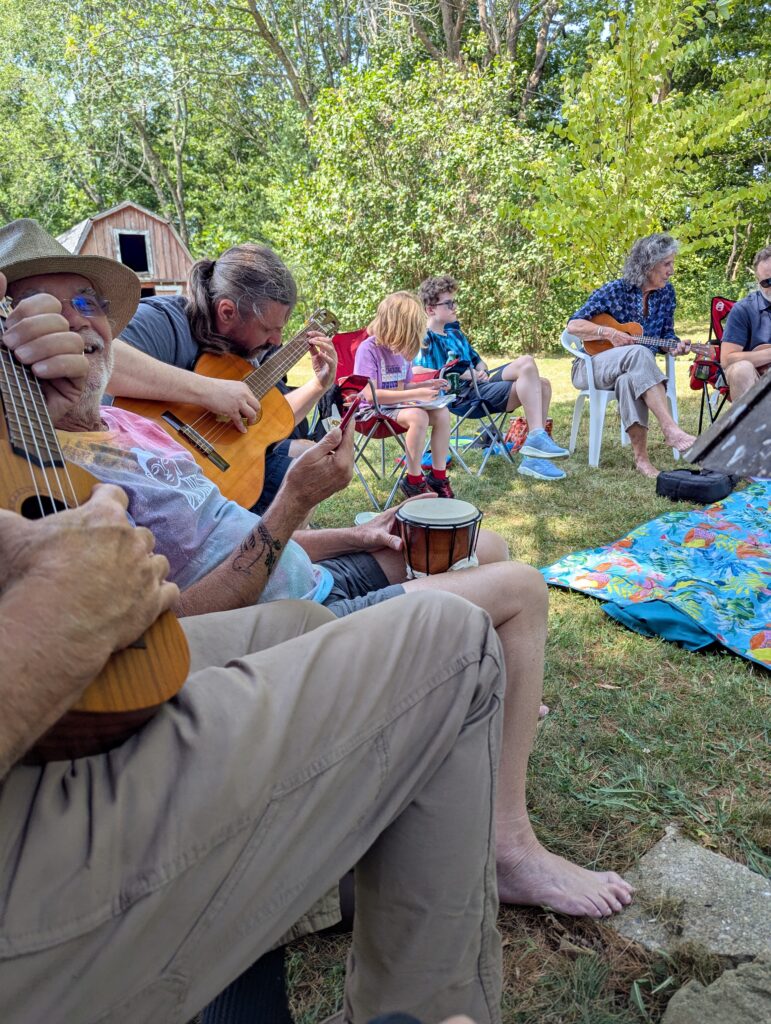
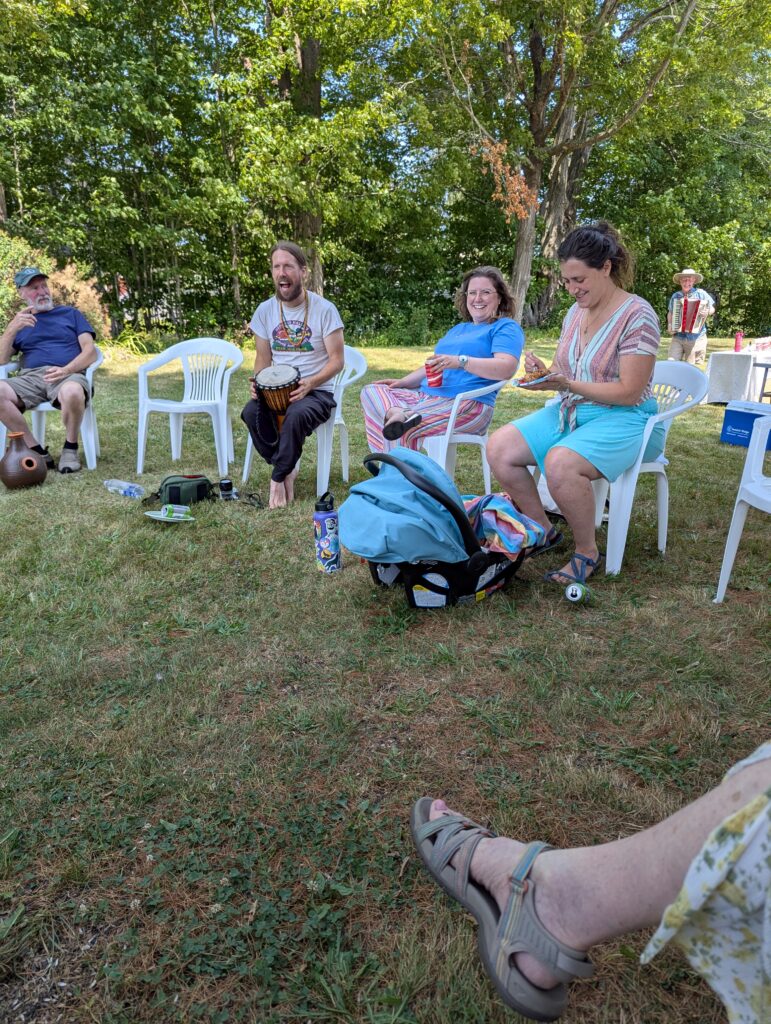
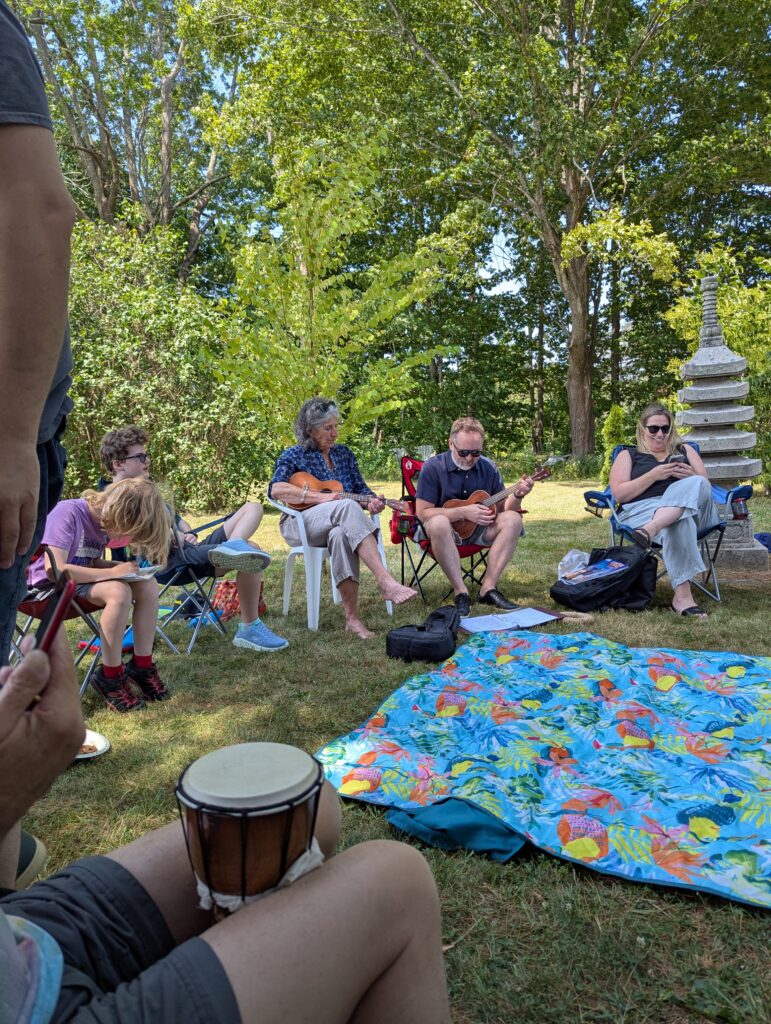
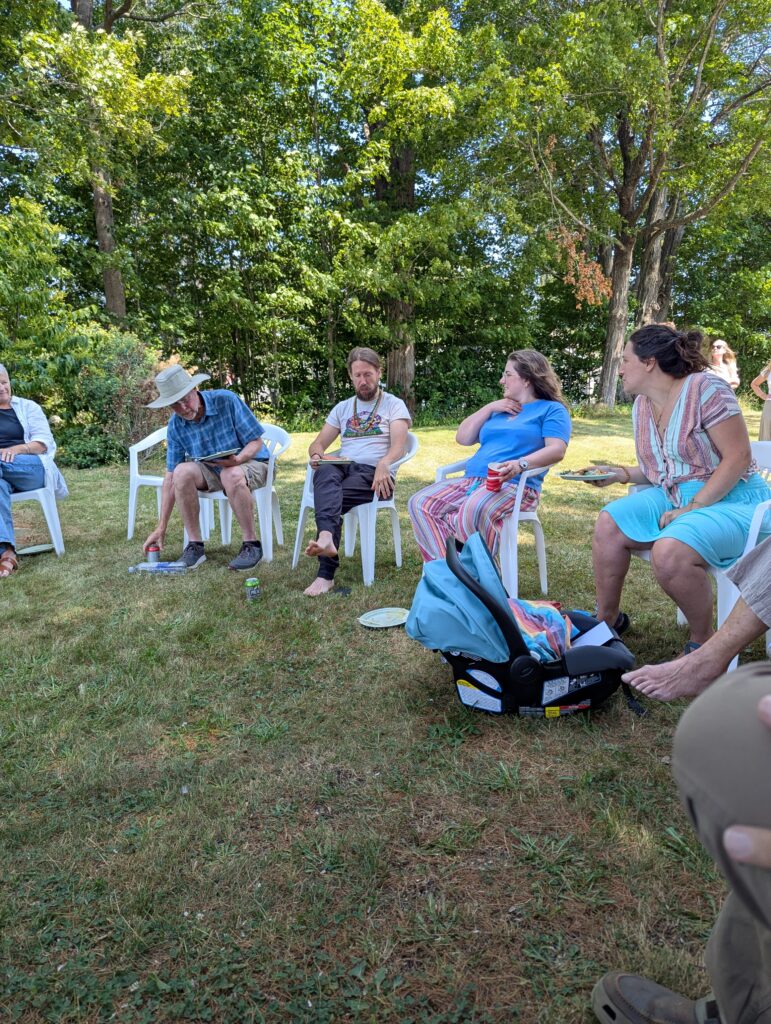
We had a great retreat on May 31st! It was a good day with solid practice. Join us for our next retreat. A half day of extended practice on June 28th.

You are invited to join us for our May retreat to be held on May 31. Full or half day, in person or zoom. Please register here: Zeffy. Please contact northernlightzencenter@gmail.com if you have any questions.
Interviews will be given with Terry Cronin JDPSN. If we have a large enough group we will have a formal retreat meal. Please register! We look forward to seeing you.
We held a retreat on the 29th of March and it was very well attended. A wonder day of strong practice. If you would like to practice with us please send us an email. Check out the Events pages for our practice and retreat schedule! We like big retreats and we cannot lie! 🙂



Dear Sangha,
The annual Kwan Um School of Zen | Americas (KUSZa) Town Hall meeting is an occasion for us as a Sangha to listen to one another, an opportunity for discussion on topics of practice and community in our local Zen Centers and in the wider Kwan Um School of Zen. During the Town Hall, every participant is given the space to speak from the heart, and all are invited to listen deeply to different perspectives and experiences.
Historically, the Town Hall meetings took place in-person at the Providence Zen Center during one of the sangha weekends. To broaden accessibility and participation, we are taking the Town Hall to Zoom. We will have two sessions in January, and we ask that you register for one of them.
Click here to register for a town hall.
The pandemic forever changed the way many of us engage with practice at our local Zen Centers and with the Kwan Um School of Zen. The virtual platform of Zoom allowed the possibility to continue practicing together during enforced isolation. Zoom also granted the unprecedented opportunity to practice with members who live at a far distance and even on different continents. What has been your experience?
Topics:
We would like to make a special invitation to those who have not yet participated in wider Kwan Um School of Zen events. This is a wonderful opportunity to meet and hear from people from different parts of our school, in the past only possible with travel.
Whether you plan to attend the Town Hall or not, please take a moment to answer the KUSZa survey questions. Your feedback will help guide our discussion. Click here to share your thoughts.
Thank you for your continued dedication to practice and for sharing your voice in this important discussion. Your presence and input will help shape the future of our community and our connection to one another, both locally and globally.
We look forward to seeing you at the Town Hall and hearing your thoughts.
In gratitude,
Kwan Um School of Zen | Americas